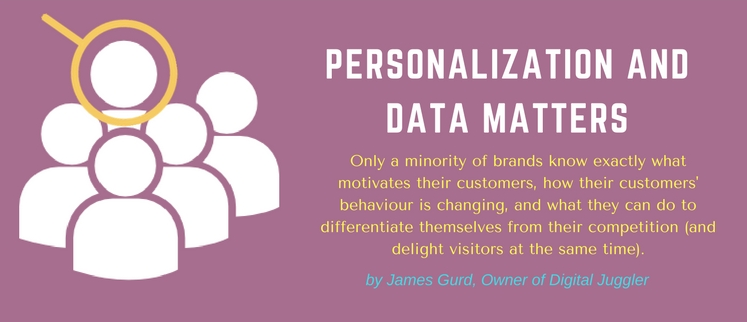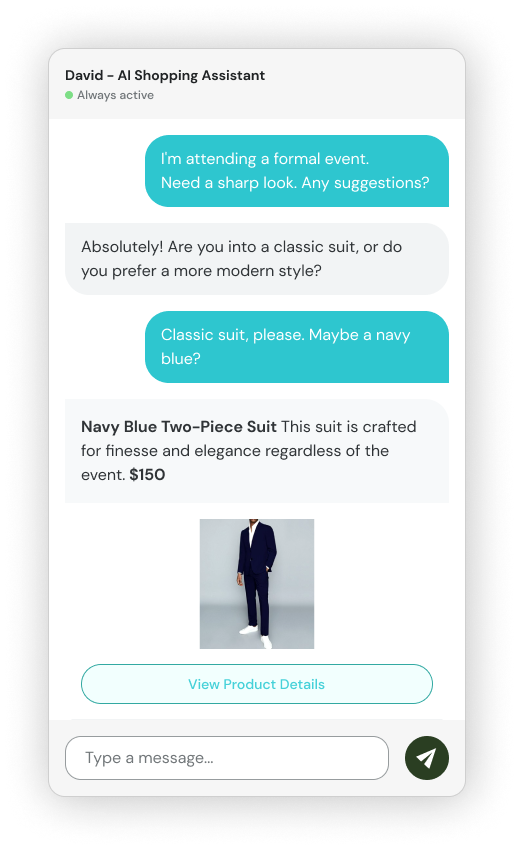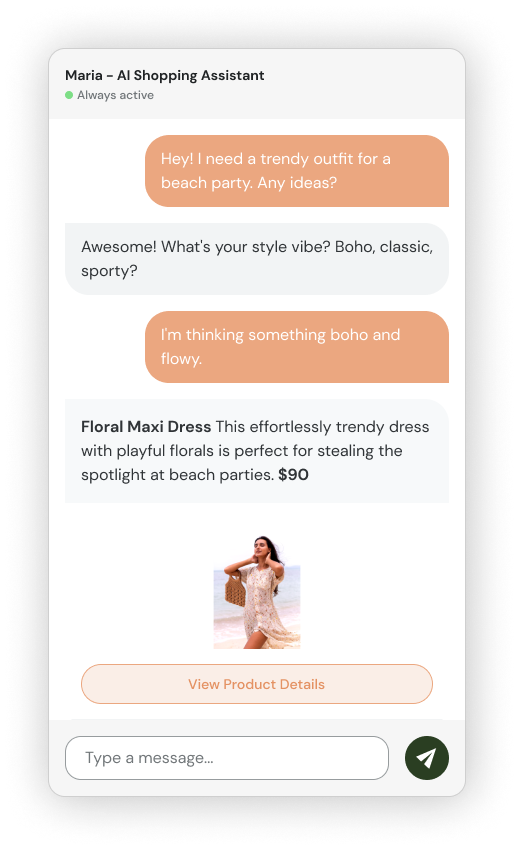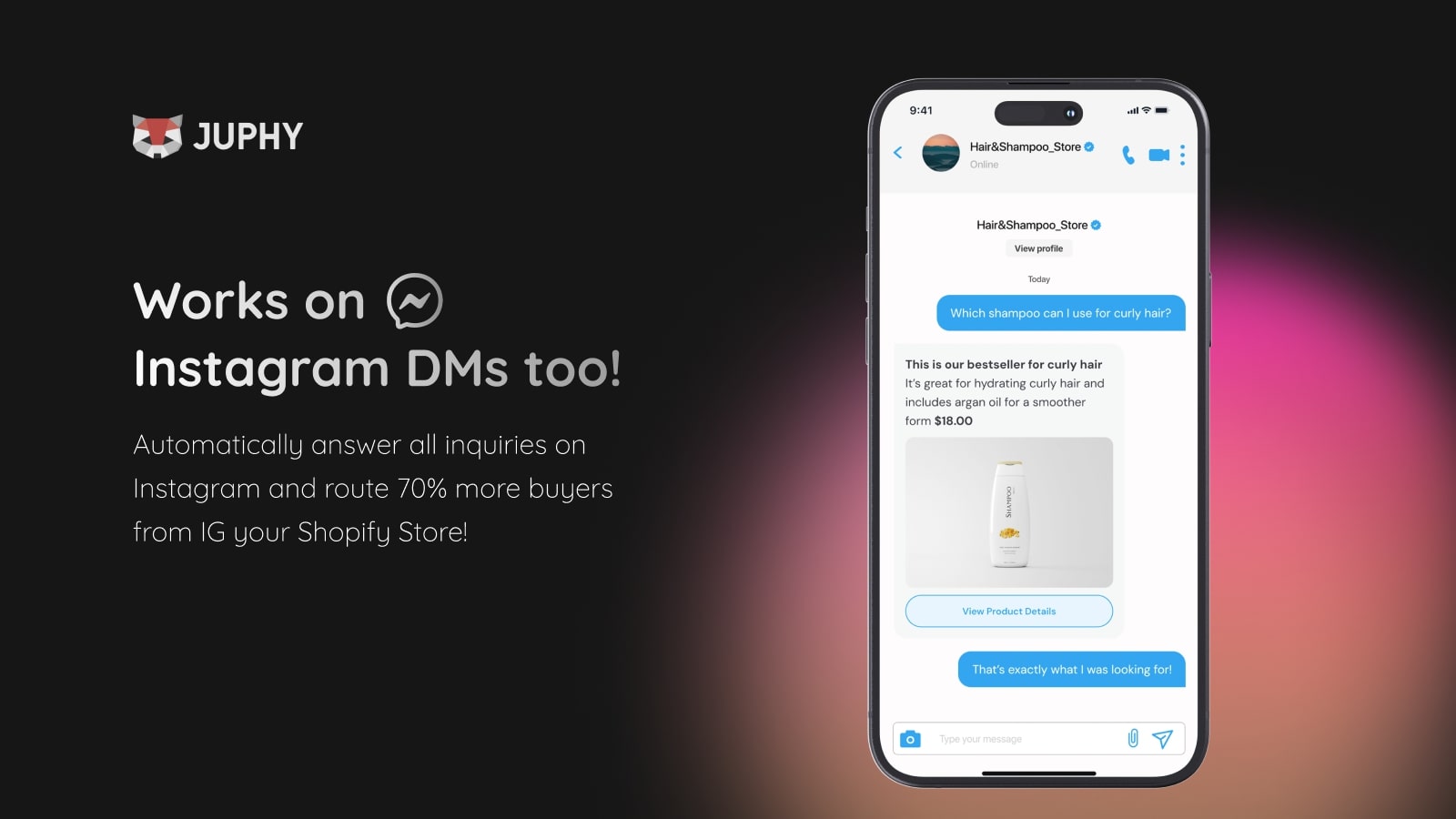Personalized Product Recommendations in E-Commerce
Juphy
If you’re reading this, you already know how personalized products can turn the tide in your sales efforts. Perhaps you’re aiming to enhance the customer journey or the entire online shopping experience. In that case, you have come to the right place.
Think of your e-commerce site as a stage and your marketing strategies as the spotlight directing potential leads to notice your products or services.
The possibilities for personalized solutions are boundless. Take, for instance, Nike’s approach, which allows online shoppers to customize their signature shoes. Need another compelling example? Consider Gatorade, which monitors users’ sweat levels through the GX Sweat Patch.
“By offering intelligence to help them make choices about everything from their fueling plan to training to recovery, we’re supporting athletes like never before,” said Brett O’Brien, Gatorade’s executive, via CNBC.
This innovation enables the brand to deliver personalized recommendations unmatched by any other, securing Gatorade a prominent position in the market.
These examples are just the tip of the iceberg when it comes to the transformative power of personalized recommendations in e-commerce.

What Are Personalized Product Recommendations?

Understanding the success of companies like Nike and Gatorade leads us to the core of our discussion: the mechanics and benefits of personalized product recommendations.
Have you ever visited an online store and immediately found something you wanted? Those websites were likely to use personalized recommendations.
Personalized recommendations use consumer data — including past purchases, conversion rates, user-specific data, browsing behavior, and purchase intent — to show relevant products to online shoppers. In the end, the primary goal of personalized recommendations is to boost sales.
Current statistics show that 49% of shoppers in the U.S. would like personalized products to be recommended to them — so the more personalized product recommendations are, the better.

Exploring the World of Personalized Recommendations
Who doesn’t want a regular increase in their average order value? You can do it easily by analyzing customer data and purchase history and retargeting user accounts while utilizing Juphy’s data-driven sales messaging platform. Selling products has never been this easy. Here’s how:
Understanding Customer Data, Preferences, and Purchase History: Personalized Algorithms
The secret sauce to personalized product recommendations lies in understanding customer data, preferences, and purchase history through personalization algorithms. You can gather this information using advanced tools such as SQL or Tableau.
So, what data can you collect from customers?
- Purchase history: At the top of the list, this type is essentially an online bread-crumb trail detailing your customers’ previous purchasing choices.
- Browsing behavior: This data offers invaluable insights into the products or categories your customers are most interested in.
- User-specific data: Want to paint a clear picture of who your customers really are? Age, location, and device usage are just a few examples of user-specific data that help tailor a more refined and targeted customer journey.
With this goldmine of data, analytics tools churn them through robust algorithms to produce a tailored “menu” of products. Your customers will find these menus hard to resist.
Imagine running an online store for custom clothing. Personalized product algorithms will help identify a customer who recently bought a tailored jacket. Turning this data into actionable insights, the algorithms could recommend a set of custom shirts or ties, leading to increased customer satisfaction and better customer engagement.
Damian Grabarczyk, the co-founder of PetLab Co., says, “The e-commerce landscape has evolved from just transactions to creating a personalized experience for each customer. At PetLab, we use customer data, preferences, and purchase history to create personalized product recommendations. This is not just about algorithms; it’s about creating a shopping experience that feels uniquely tailored to each customer. By focusing on hyper-personalization, we have not only seen a significant increase in conversion rates and customer engagement but also fostered brand loyalty. This demonstrates how a deep understanding of your customers can transform the e-commerce experience, making it more intuitive, relevant, and ultimately, more successful.” Now, with a robust understanding of customer data, let’s explore how these insights directly enhance user experiences, driving both satisfaction and sales.
When you analyze customer data, your goal is to boost your sales. But before anything else, it’s the customer experience you should be going for first. Personalized recommendations play an important part here by tailoring a unique experience. This, in turn, is bound to encourage shoppers to add personalized suggestions to their carts.
Focusing on the end-user experience can truly be a game-changer for online stores. Here, personalized product recommendations have the capability to deliver personalized experiences. The result? More items in the shopping carts.
But don’t just take our word for it. Let’s check out two compelling case studies from UX Magazine. These two show how enhanced user experience influences sales.
American Heart Association
The leading non-profit institution needed to enhance its online donation process. As a result, a study analyzing visitor behavior and identifying problem areas with donations was conducted.
The survey responses revealed many things about the site, including fewer pages for donation, less time for completion, and better donor satisfaction. Next in line was data collection for visitor demographics, purpose, and donation history. Click-stream data was also gathered during site navigation.
The study later discovered that users wanted more flexibility, including acknowledgment via email and acknowledgment card customization. Post-redesign, even in a period of donor fatigue, AHA saw the following changes:
- 60% increase in online donations
- increase in monthly donors
- Overall improved user satisfaction

La Quinta
Hotel chains often need more traffic to their website. This is because online bookings are a more secure and convenient way to guarantee reservations. La Quinta, a limited-service hotel chain, recognized this fact and decided to take action to increase online traffic and customer loyalty.
Wanting to understand visitor behavior, they hired Usability Sciences to help increase their brand loyalty and online bookings. They deployed WebIQ TM to collect visitor demographics and goals data using an online survey and click-stream data.
Here’s what the project identified as an issue:
- The lack of an option for offline customer loyalty program members to access their accounts online
- The site didn’t remember previously entered preferences for hotel rates
- Visitors requested more hotel images
Post implementation of the suggested site enhancements, every metric of success and satisfaction increased significantly. Success improved by 48 percent, satisfaction by 28 percent, and likelihood to return by 17 percent, boosting brand affinity by 50 percent.
Interestingly, due to these user experience improvements, LQ.com saw notable year-over-year revenue growth of 83 percent, further solidifying the connection between user experience and profitability.
Want to create personalized product recommendations for your website by relying heavily on customer preferences? See how Shopify highlights the relationship between inclusivity and accessibility in this video.
Juphy AI: ChatGPT-Powered 24/7 Sales Agent
In a world where personal touch makes all the difference, Juphy steps in to elevate your e-commerce game. Think of Juphy‘s AI Agent, featuring the ‘Built for Shopify’ badge, as a tool that’s not just about crunching data; it’s about creating shopping experiences that resonate personally with each customer.
You can easily integrate Juphy AI with your Shopify store, and then Juphy AI scans store information, including product descriptions, policies, and FAQs, to serve your customers the best.

Here’s a quick look at how Juphy seamlessly blends into your e-commerce strategy:
Personalized Product Link Sharing: Ever had a customer show interest and then vanish? With Juphy, you can keep their interest alive by sharing personalized product links. This keeps the conversation focused and leads the customer right back to your store.


You can customize your chatbot’s color, name, and other cosmetic features to make sure it reflects your brand. And most importantly, Juphy’s AI Agent works on Instagram DMs, too.

By focusing on personalized interactions and streamlined communication, Juphy helps you transform your e-commerce approach, ensuring that every customer feels uniquely valued.
Final Thoughts
In the end, it all boils down to how personalized the experience for the customer can be. We’ve only just scratched the surface here; the platforms you’ll be using have more e-commerce KPIs that you can tweak for better customization.
Personalized experiences are now the pot of gold for marketers. This is especially true when it comes to products like custom clothing, where the connection to the individual is everything.
Aside from implementing personalization with better user experiences, add up to those extra sales with personal messaging as well. Doing so ensures that your UX efforts can still convert those missed into paying customers.
Want more e-commerce tips? Feel free to visit our blog and take your marketing game to the next level!
Key Takeaways
- The More Personalized Your Recommendations Are, the Better: People would most likely buy products that resonate with them. To find out which ones do, you can utilize their buying and browsing behaviors and apply them to your personalization efforts.
- There’s Power in Retargeted Messaging: Your marketing strategies won’t work with a 100% success rate year-round. Personalized messages can get them to remember why they viewed the product or added it to their cart in the first place. This resets the buying cycle, allowing you to have more sales.
- Utilize User Experience as You Personalize Your Campaigns: Your customers need an interface that makes purchasing as easy as breathing. That’s why the UX of your website and e-commerce platforms should be as neat as possible. Or, you can conduct surveys to find out what works and what doesn’t.
